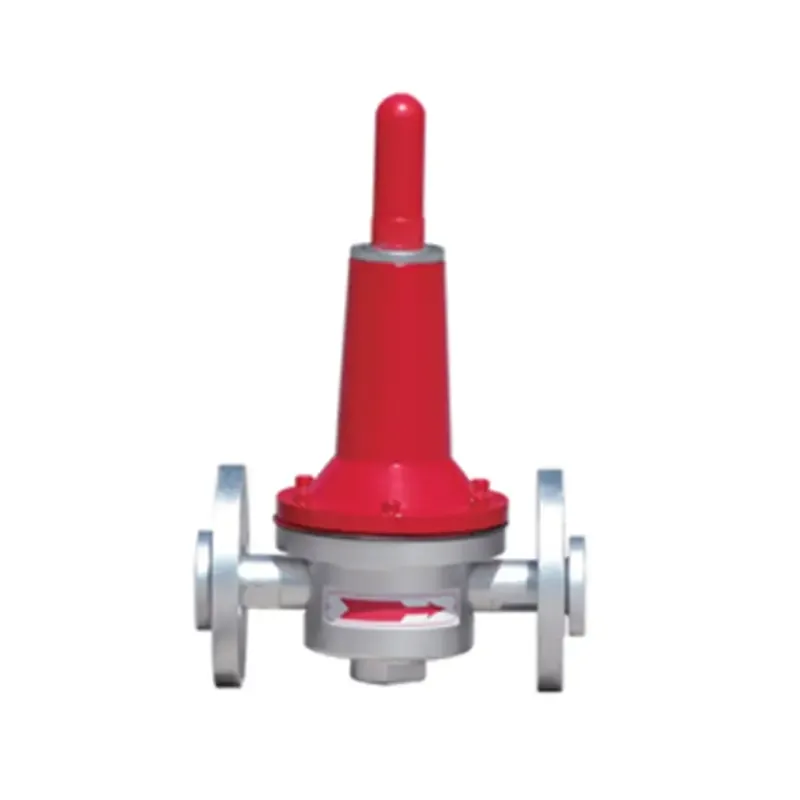
Sep . 23, 2024 01:01
Back to list
pressure vessel
Understanding Pressure Vessels An Essential Component in Industry
Pressure vessels are specialized containers designed to hold gases or liquids at pressures significantly different from the ambient pressure. These vessels are essential components in various industries, including oil and gas, chemical processing, power generation, and food and beverage. Understanding their design, functions, and safety considerations is critical for engineers and safety professionals alike.
Design and Construction
The design of pressure vessels is a complex engineering task that involves several key factors. First and foremost, they must be built to withstand high internal pressures and, in some cases, extreme temperatures. The materials used in constructing pressure vessels are crucial; they must possess high strength and corrosion resistance properties. Common materials include carbon steel, stainless steel, and various alloys, which provide the necessary durability and resistance to the chemical environment inside the vessel.
Pressure vessels come in various shapes, with cylindrical and spherical designs being the most common. The cylindrical shapes are often used for their efficient pressure containment capabilities. Spheres, while more expensive to manufacture, are the strongest shape for pressure containment, minimizing stress on the materials.
Applications
In the petrochemical industry, pressure vessels are used to store gases such as natural gas or propane, as well as to facilitate chemical reactions under controlled conditions. In power plants, they play a crucial role in processes like steam generation and in nuclear reactors. In the food industry, pressure vessels are used for pasteurization and other pressure-based processes to ensure food safety and quality.
pressure vessel

Safety Standards and Regulations
Given the potential hazards associated with pressure vessels, stringent safety standards and regulations govern their design and operation. Organizations such as the American Society of Mechanical Engineers (ASME) have established codes and standards for pressure vessel design, ensuring they are safe and reliable. Regular inspections and maintenance are critical to prevent catastrophic failures, which can lead to explosions, loss of life, and extensive property damage.
Testing and Inspection
Before a pressure vessel is put into service, it undergoes rigorous testing. Hydrostatic testing, where the vessel is filled with water to check for leaks and structural integrity, is a common practice. Non-destructive testing methods, such as ultrasonic and radiographic testing, are also employed to inspect welds and materials without compromising the vessel's integrity.
Conclusion
In summary, pressure vessels are vital components across various industries, designed to safely contain substances at high pressures. Their design and construction require careful consideration of materials, shape, and adherence to safety standards. As technology advances, new materials and designs will continue to enhance the safety and efficiency of pressure vessels. Understanding these intricate systems is crucial for ensuring safe operations and preventing accidents in facilities that rely on them. Whether in chemical plants, power stations, or food processing facilities, the importance of pressure vessels cannot be overstated.
Next:
Latest news
-
Safety Valve Spring-Loaded Design Overpressure ProtectionNewsJul.25,2025
-
Precision Voltage Regulator AC5 Accuracy Grade PerformanceNewsJul.25,2025
-
Natural Gas Pressure Regulating Skid Industrial Pipeline ApplicationsNewsJul.25,2025
-
Natural Gas Filter Stainless Steel Mesh Element DesignNewsJul.25,2025
-
Gas Pressure Regulator Valve Direct-Acting Spring-Loaded DesignNewsJul.25,2025
-
Decompression Equipment Multi-Stage Heat Exchange System DesignNewsJul.25,2025

